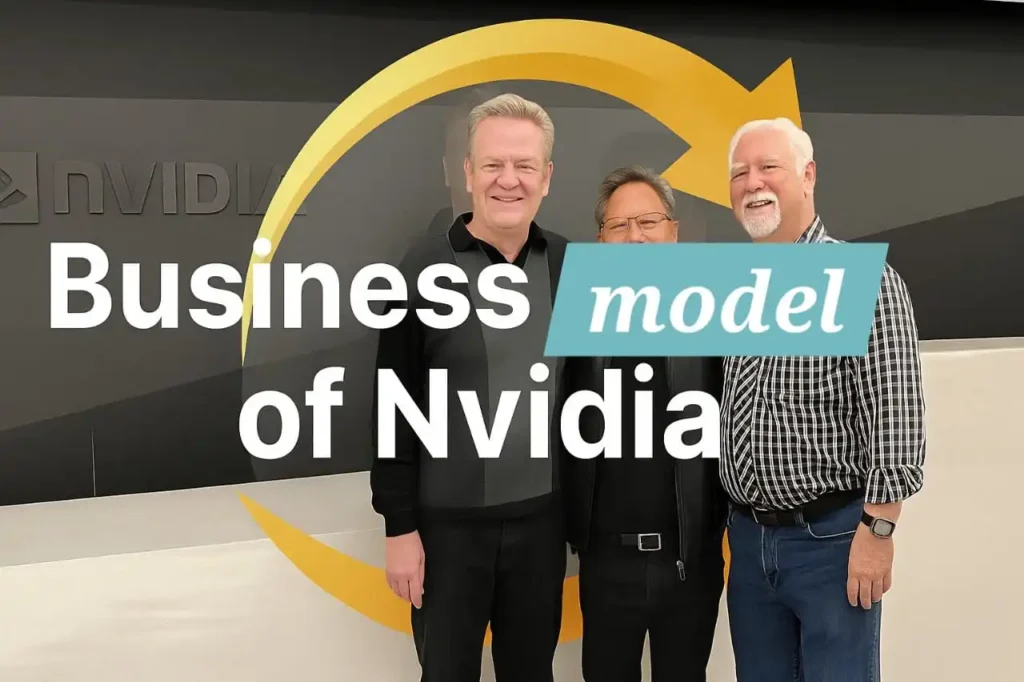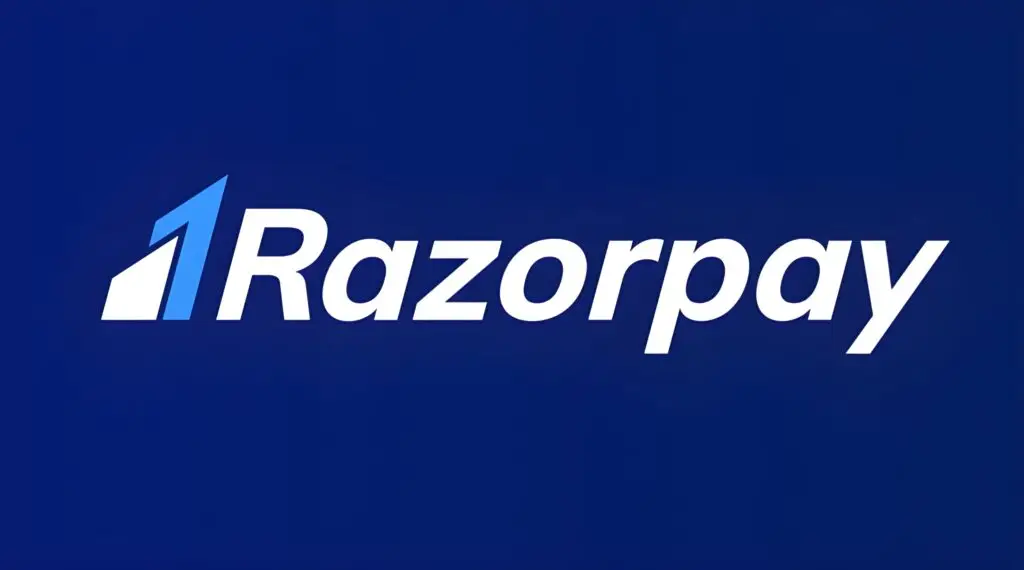| Category | Details |
|---|---|
| How Nvidia Started | Founded April 5, 1993, by Jensen Huang (age 30), Chris Malachowsky, and Curtis Priem at a Denny’s diner in East San Jose. Started with $200 cash and secured $20 million venture capital to build GPUs for gaming. Nearly failed in 1996 with “technically poor” chips but survived by securing contract buyout from Sega. |
| Present Condition | First company to surpass $5 trillion market capitalization (October 29, 2025). Maintains 86% market share in AI GPU segment for 2025. Generated $131 billion revenue in fiscal 2024, with $116.2 billion from compute and networking (AI/data center) segment. |
| Future of Company & Industry | AI chip market projected to reach $164 billion by 2029 (41.6% CAGR). Faces growing competition as customers like Google, Amazon, Microsoft develop custom chips—expected to capture 45% of AI chip market by 2028. Nvidia commits to annual chip architecture releases (versus previous two-year cycles) to maintain dominance. |
| Opportunities for Young Entrepreneurs | AI chip design startups, AI software ecosystem development (competing with CUDA platform), specialized inference chips (lower cost alternatives), edge AI solutions for IoT/automotive, AI chip packaging and thermal management solutions, AI workload optimization software. |
| Market Share of Nvidia | 80-86% share of AI GPU market in 2025. Nearly 90% market share in AI chip design. Customer concentration risk: top 2 customers = 39% of sales; top 6 = 85% of sales. Primary customers likely include Microsoft, Amazon, Google, Meta, OpenAI, Oracle. |
| MOAT (Competitive Advantage) | CUDA software ecosystem (launched 2006)—proprietary platform with massive developer network creating switching costs. Vertical integration of hardware-software-networking. First-mover advantage in AI training chips with established supply relationships (TSMC manufacturing). Network effects—large customer base attracts more developers, strengthening platform value. Annual innovation cycle maintaining technological lead. |
| How Nvidia Makes Money | 88% revenue from compute and networking (AI chips for data centers). Data centers now constitute 90% of revenue (2024) versus diversified mix in 2020. Sells GPUs to cloud providers (Amazon, Google, Microsoft = 50% of data center revenue), AI companies, enterprises. Flagship AI chips cost approximately $30,000+ each; 78% gross margin. Secondary revenue: gaming GPUs (17%), professional visualization, automotive AI, IP licensing. Fabless model—designs chips but outsources manufacturing to TSMC, reducing capital expenditure. |

My Name is Adarsh and I am Empowering startups with high-quality content at Startups Union and bridging the gap between brand stories.




